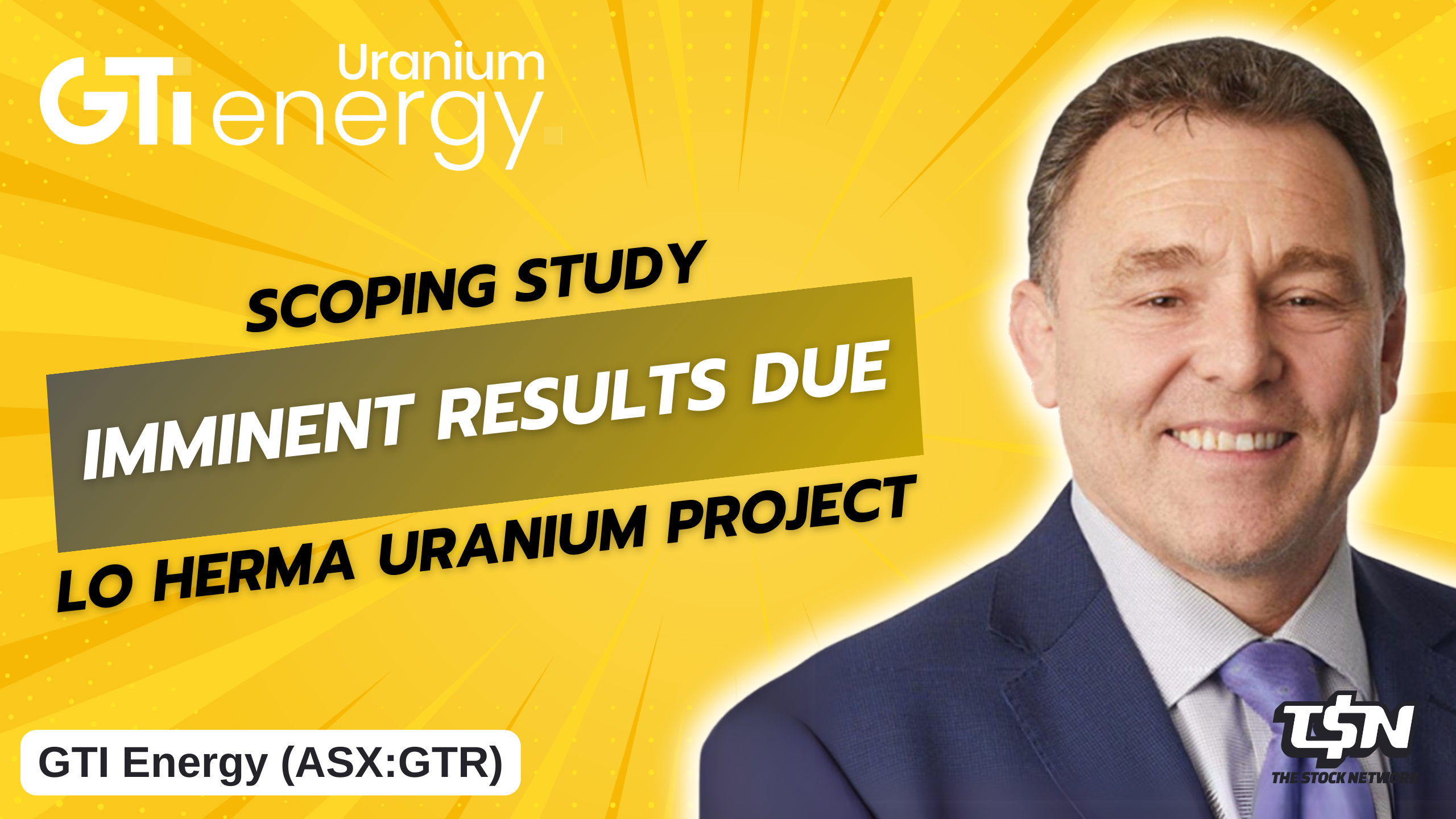Transcription of The Stock Network Interview with GTI Energy Limited (ASX:GTR) Executive Director, Bruce Lane
Lel Smits: GTI Energy is a US-focused in-situ recovery uranium explorer. Its flagship Lo Herma project is located in Converse Country, Powder River Basin in Wyoming. The latter basin has long been an in-situ uranium-producing region of note, with it housing numerous defined uranium resources, central processing plants, and satellite deposits. Joining me from GTI Energy is its Executive Director, Bruce Lane. Bruce, welcome to the Stock Network.
Bruce Lane: Hi Lel, It’s great to be back again.
Lel Smits: GTI Energy’s Powder River Basin located Lo Herma project is considered the flagship asset on the company’s project book. Why is this asset now the overriding focus in GTI’s energy current exploration and development plans?
Bruce Lane: Yeah Lel, it’s become our focus because it’s our most advanced asset and it’s showing real promise to become an economically viable production asset.
We inherited, or sorry, acquired a significant body of historical resource information, drilling information, and we’ve been able to take that and translate it into a modern JORC resource. Then we’ve done additional drilling, and we’re now at the stage we’ve done enough work to get into that scoping study and get it produced. So our other projects have had to take a back seat while we’ve applied the majority of our investment to Lo Herma.
Lel Smits: Excellent. Looking more at that scoping study, you recently indicated that much of the work required to produce the scoping study for the Lo Herma in situ uranium project was now complete. When is this study expected to be delivered? And also, can you talk us through what immediate benefits will flow on from it?
Bruce Lane: Yeah, we completed the fieldwork in the early part of this year, and now we’ve done the engineering studies, the process design, did some metallurgical work to confirm that it’s amenable to alkaline leach.
And so all that’s got us to the point where we now understand the economics of the project much better. The study, look, we’ll likely have it ready to go fairly soon. We’ve indicated within the first half, so this quarter, but we’re hopeful, or sorry, the next quarter, but hopefully it’ll be weeks rather than months.
And look, what we’re trying to do is set it up as a central processing plant with a, you know, so we can produce yellow cake at the site. But we’ll also speak to the opportunity to run it as a satellite plant and have the resin beads produced at the mine sent to maybe a partnering or neighbouring project where they could be then turned into yellow cake. So we’ll explore both those options, but we’re very confident at this stage that it’s going to show positive economics under both scenarios.
Lel Smits: Excellent. And the uranium market is dynamic with a number of supply and demand factors. What gives you confidence where the uranium price is headed?
Bruce Lane: Yeah, look, there’s no question that demand for uranium continues to grow and grow strongly around the world.
And particularly we see in the United States where our projects are. But what is also clear is that the price has been, we think, stuck at around the spot price at around $65, $64. We see that changing and we see the spot price moving more towards the term price of $80.
And we see the term price improving reasonably significantly over the coming months. So we’re very optimistic about it. It’s just a matter of when it starts to move.
Lel Smits: Excellent. Thank you, Bruce. I’ll certainly be watching the uranium price and wishing you all the best ahead of your scoping study release.
Bruce Lane: Great. Thanks, Lel. It’s good to be talking to you again and hopefully we’ll see you again soon.
Ends
